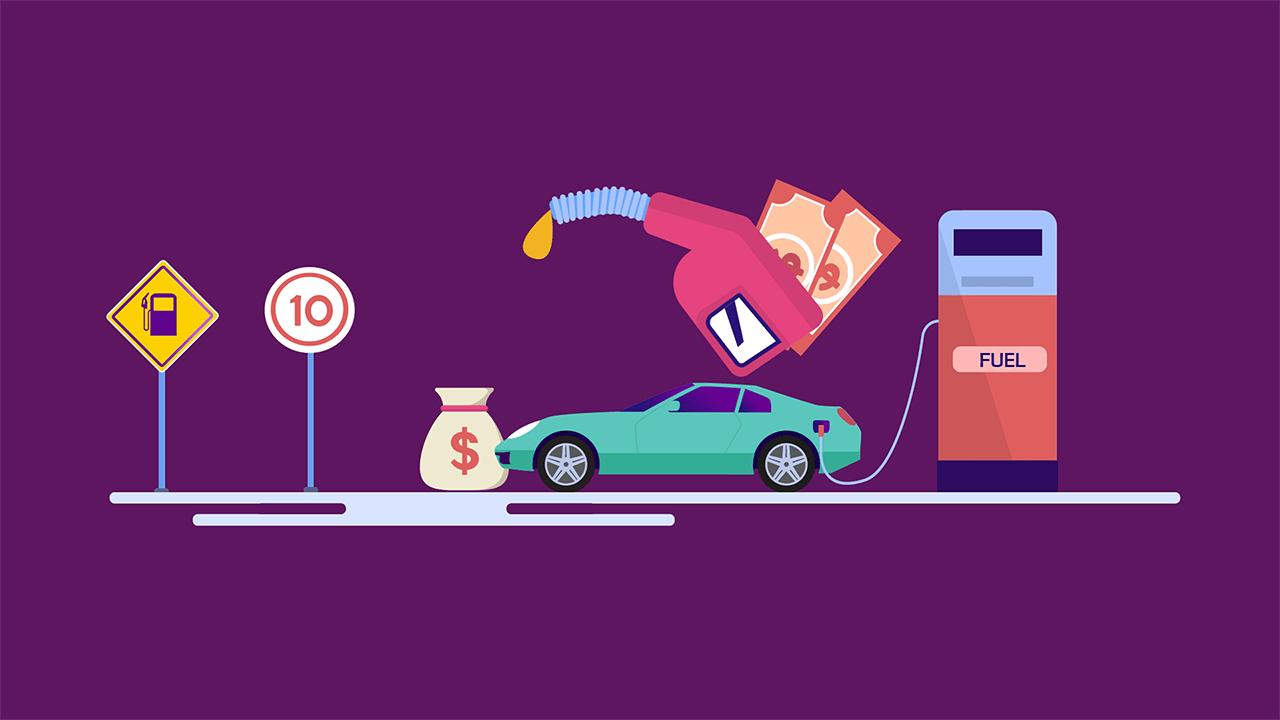How to U-Turn | 6 Simple Steps for Smooth Driving Experience
By Umm e Hani on Apr 16, 2024
Contents
Different places have different rules for U-turns. Before you attempt a U-turn, it's crucial to be aware of the specific rules in your area. For example, some areas permit U-turns unless there are signs that specifically prohibit them. Understanding these rules helps you drive safely and legally.
So, how to u turn? In some places, U-turns driving might be against the law all the time. It's important to avoid making U-turns in these areas unless it's an emergency. Breaking this rule could lead to a costly traffic ticket.
But don't worry, a U-turn is a straightforward driving move, and you can do it safely by following these steps.
6 Easy Steps to Make a U-Turn
- Start by skillfully moving into the left lane of the road you're currently on, using the right lane-changing methods.
- Move into the leftmost turning lane on your side of the road. U-turns are typically done at intersections with traffic lights. You can wait in the turning lane until it's safe to make the U-turn. Keep your left turn signal on to let others know your plans.
- Check for incoming traffic. U-turns take a few seconds to complete. If you're unsure whether you can finish the turn before a car approaches, wait for that car to pass. Don't rush while making a U-turn.
- Make sure to watch for any vehicles coming from the opposite side and planning to enter the same lane you're turning into. Wait until the lane is completely clear before starting your U-turn."
- When you're certain there are no oncoming vehicles, turn left and enter the nearest lane. If you can smoothly enter the left lane on the other side of the road, do that first, and then check for other drivers before merging into the right lane.
- Finish your U-turn swiftly and smoothly. Resume your regular speed, and switch off your turn signal. When done safely, a U-turn is a great way to change direction without leaving the road you're on."
Also, remember that knowing the U-turn rules in your area is crucial before attempting this maneuver.
When and where you can't make U-turns
Here’s when and where you can't make U-turns
No U-turn at Intersections with 'No U-turn' Sign
If you see a sign that says 'No U-turn' at an intersection, you're not allowed to make a U-turn there. The sign means it's off-limits.
Traffic Lights and the 'U-turn Permitted' Sign
At intersections where there are traffic lights, you usually can't make a U-turn unless there's a sign that says 'U-turn permitted.' So, if there's a traffic light, you need to look for that special sign to know if it's allowed.
No U-turn Over Certain Lines
You should never make a U-turn over a single unbroken line or double unbroken lines on the road. Those lines are there to show you where it's safe to drive and where it's not. So, if you see those lines, no U-turns.
Double Dividing Lines with an Unbroken Line Closer to You
If you're looking at double dividing lines on the road, and the one closer to you is unbroken, it means no U-turns. You need to see a gap in those lines to make a U-turn.
Motorways and Freeways
On big highways like motorways and freeways, making a U-turn is not allowed. These roads are designed for fast and safe travel in one direction, so U-turns are not safe there.
Remember, U-turns can be tricky, and you should always follow road signs and lines to make sure you're doing them in a safe and legal way. Road rules are there to keep everyone safe, so it's important to pay attention to them.
FAQ
How Far Before A Turn Must You Signal?
You should use your turn signal to indicate your intention to turn at least 100 feet before you make the turn. This allows other drivers to be aware of your plans and make adjustments accordingly.
When Are U Turns Illegal?
U-turns are illegal in the following situations:
- When there is a "No U-turn" sign posted.
- At intersections controlled by traffic signals unless a sign indicates otherwise.
- On curves, in areas with limited visibility, and on highways where U-turns are prohibited by law.
- When it would be unsafe due to traffic, pedestrians, or other factors. Always follow local traffic laws and regulations regarding U-turns, as they may vary by location.
Which Of The Following Methods Is Used To Turn Around On A Narrow, Two-Way Street?
To turn around on a narrow, two-way street, you can use the "Three-Point Turn" method. Here's how it works:
- Pull over to the right curb and stop.
- Shift into reverse and check for traffic from all directions.
- Turn the steering wheel to the left and back up until your vehicle is at approximately a 45-degree angle.
- Shift into drive, turn the steering wheel to the right, and proceed forward.
- Complete the turn when your vehicle is facing the opposite direction. Remember to yield to oncoming traffic and ensure it is safe before starting and completing the turn.


